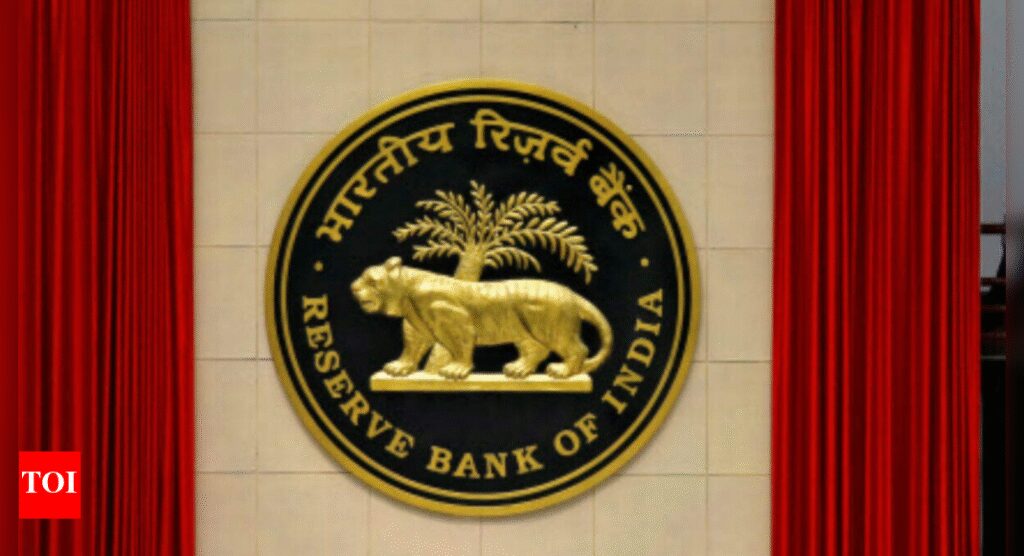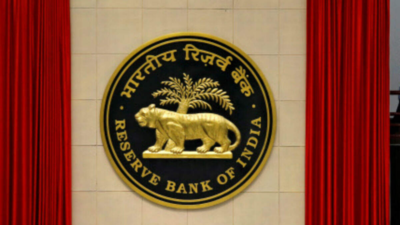Is the Reserve Bank of India supposed to make profits?RBI’s main job is not to make profits but to keep the economy stable. Its goal is to make sure that prices of everyday items don’t rise too fast, and that borrowing rates and exchange rates stay steady without wild swings, while still reflecting demand and supply.It also prints money, manages the country’s foreign currency reserves, and handles banking for govt. Some of these activities may earn it extra money, but this surplus is handed over to the govt.If the objective is public good, how does profit emerge as a byproduct?RBI’s goal is public good, not profit, but some of its actions in financial markets – done to maintain stability – can generate income. It holds dollars as a safeguard, and when it sells them during currency volatility, it may profit if the rupee has weakened. It also lends to banks at market rates to manage liquidity and inflation, earning interest in the process. Even printing currency brings income – called seigniorage-since notes cost less to produce than their face value.These operations happen at market rates to avoid distortions and keep the system stable and fair.Can RBI control the level of profits?RBI operates in a “Goldilocks zone,” allowing markets to function freely, while stepping in to curb volatility. Interventions – like selling dollars or managing liquidity – can lead to profits, depending on timing and market movements. As the economy grows, RBI’s balance sheet expands, naturally increasing the scale of its operations and potential income. Profits tend to rise in times of stress in the financial markets, when intervention is high, and fall during stable periods, reflecting its counter-cyclical role.Do other central banks distribute profits?Major central banks like those in the US, China and Japan generate large surpluses, mainly due to size of their balance sheets. As their holdings – such as foreign reserves, govt bonds and loans to banks – increase, so do their interest earnings. The US Fed earns from its vast portfolio of Treasuries, China’s central bank profits from managing the world’s largest forex reserves, and Japan’s from its extensive bond holdings.However, the shareholders include banks and they also get a share of the profits. These surpluses are not intentional profits but arise from large-scale operations, and are usually transferred to their respective govts, much like RBI does.How does RBI decide how much profits to distribute and how much to retain?The Bimal Jalan Committee (2018-19) set a framework for RBI’s surplus distribution, aiming to balance financial stability with fiscal support. It classified economic capital into realised equity (Contingent Risk Buffer/CRB) and volatile revaluation balances. The CRB was set at 5.5-6.5% of the balance sheet, with surplus transfers allowed only if realised equity exceeds this range. Total economic capital was revised to 20.8-25.4%, down from 28.1-29.1%.The entire net income can be transferred only if the CRB threshold is met. Otherwise, risk provisioning takes priority. Reviewed every five years, this framework enabled a record Rs. 2.1 lakh crore transfer in 2023-24 by maintaining the CRB at 5.5%.Why are bond markets rallying because of an expected high dividend?The record revenues through dividend and GST have led markets to believe that there will be a sharp drop in govt borrowing. When govt borrows less, there is more money left for corporate borrowers and interest rates dip. When interest rates dip, existing bonds that offer higher rates get sold at a premium.What is the reason behind record dividend?RBI will transfer a record Rs 2.7 lakh crore to govt as dividend this year, higher than last year’s Rs 2.1 lakh crore and more than budgeted estimate. This extra money comes mainly from higher earnings through foreign exchange sales, returns on overseas assets, and liquidity operations. The surplus is likely much higher, however RBI may have chosen to retain a large share of the surplus, given that it has decided to increase the level of contingency risk buffer to 7.5%.
Source:https://timesofindia.indiatimes.com/business/india-business/how-rbi-earns-profit-decides-dividend-explained/articleshow/121371477.cms


